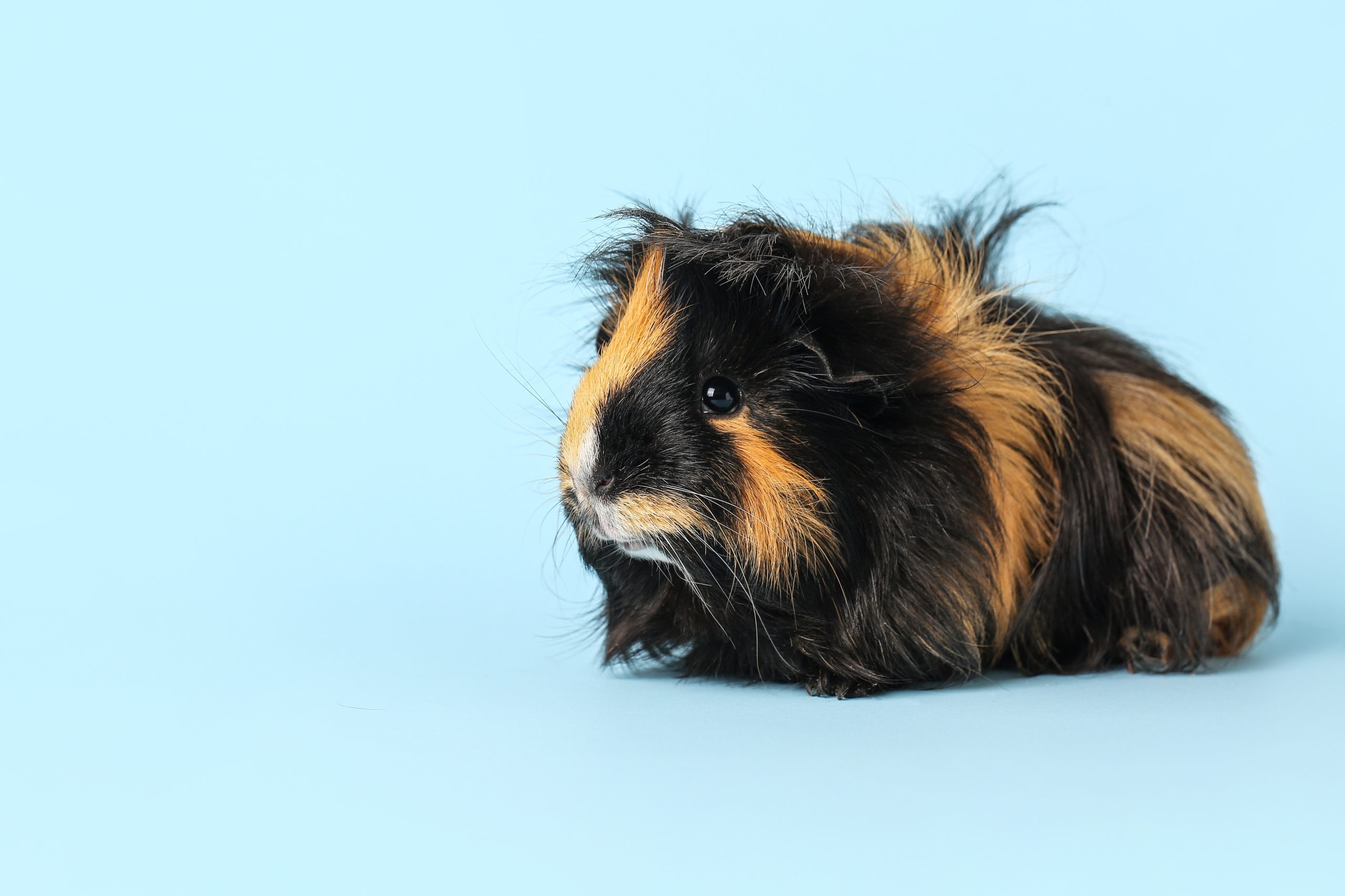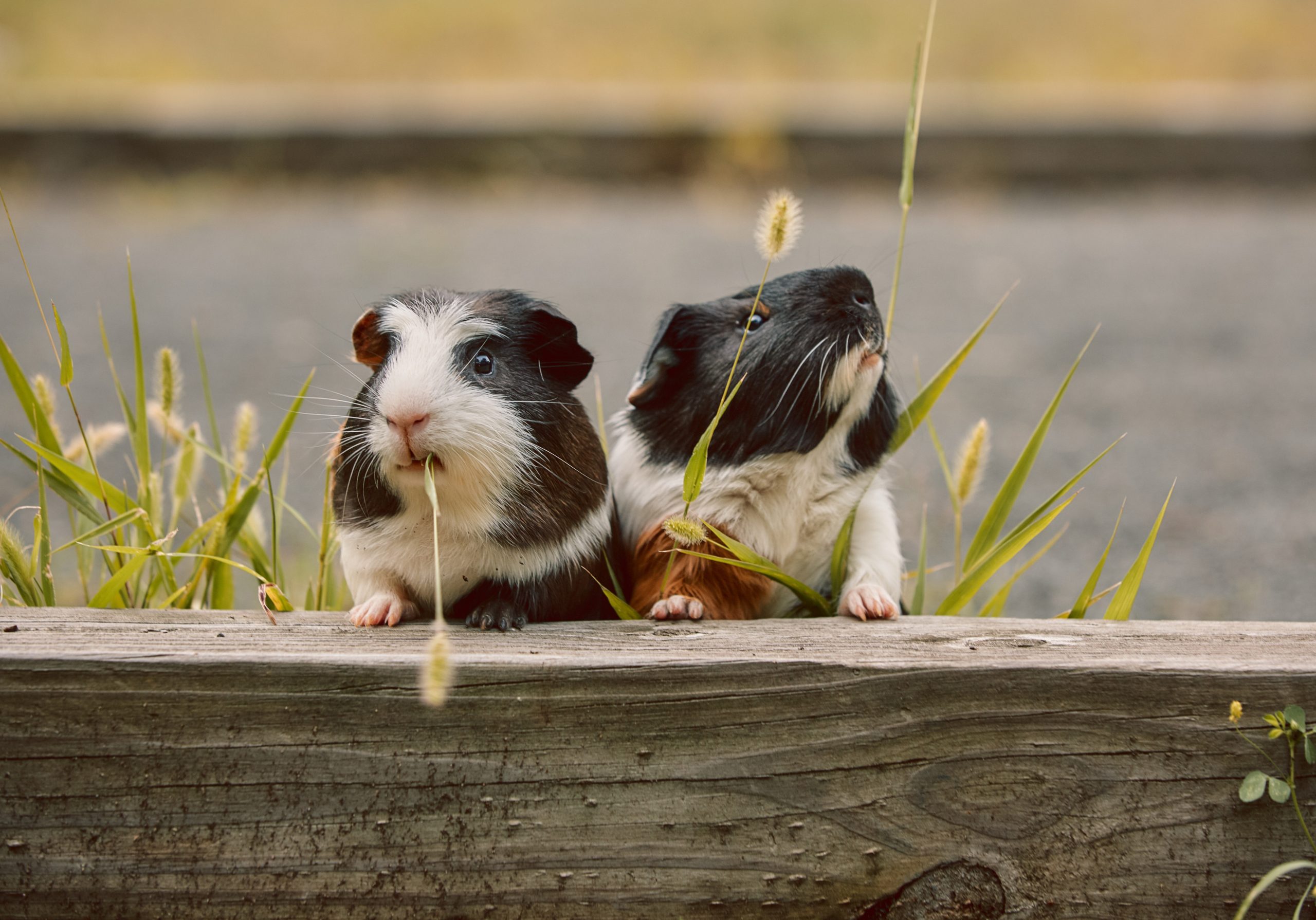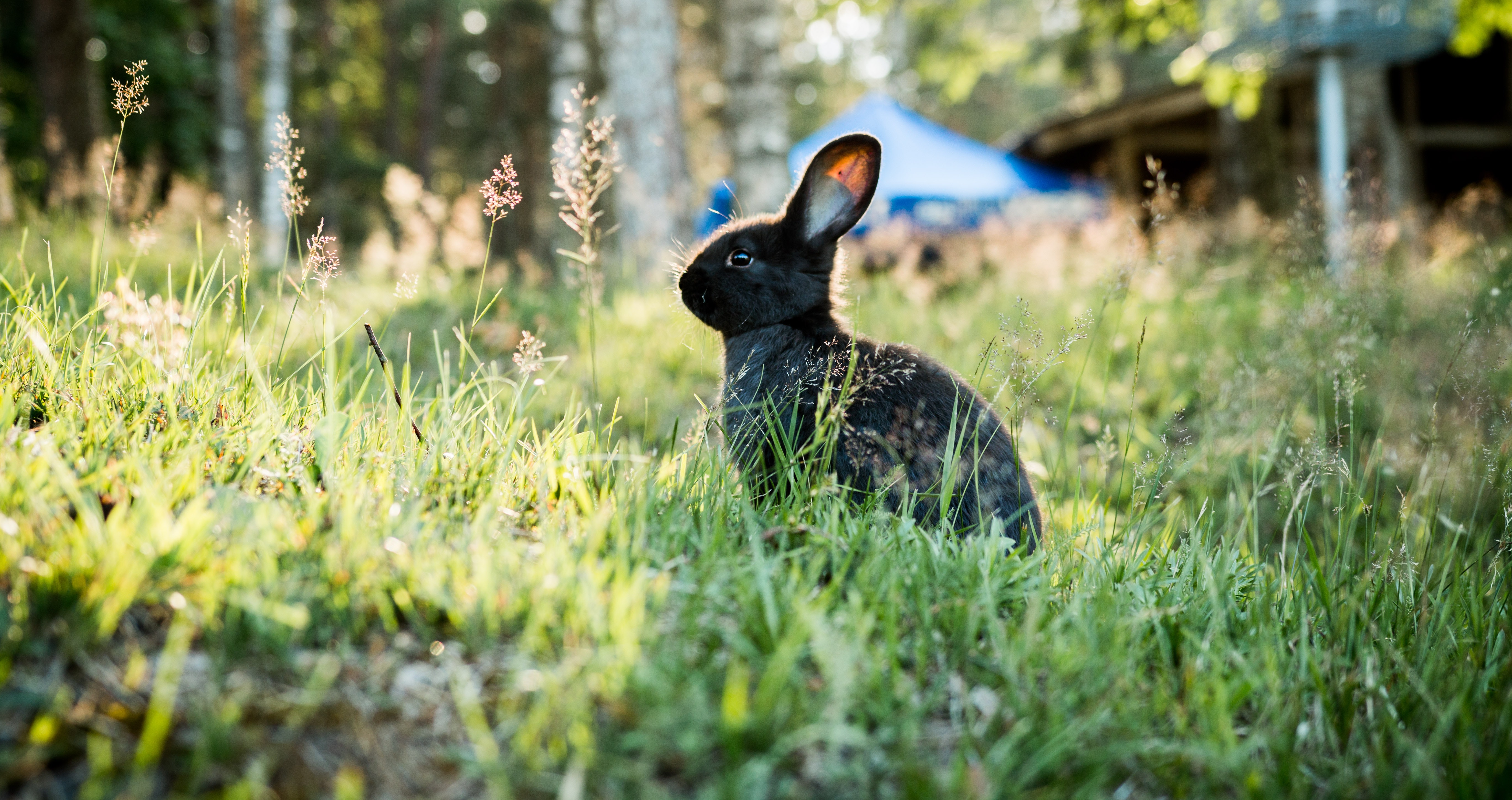
tame rat
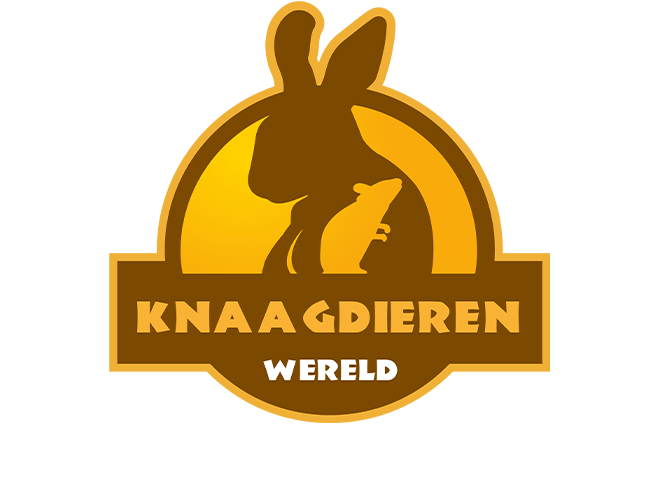

A domestic rat, also known as the domestic rat, is a domesticated variant of the wild brown rat (Rattus norvegicus). Domestic rats have been bred and domesticated as pets for hundreds of years and are often kept for their social, intelligent and curious natures.
Unlike wild rats, domestic rats have been specially bred to have a calmer temperament, more suited to interacting with humans. They are friendly, used to human presence and can develop strong bonds with their caretakers. Tame rats are intelligent animals that can be trained to perform tricks and learn to respond to their name or other commands.

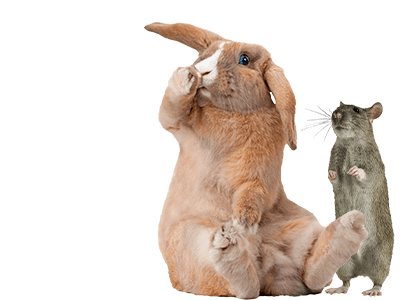
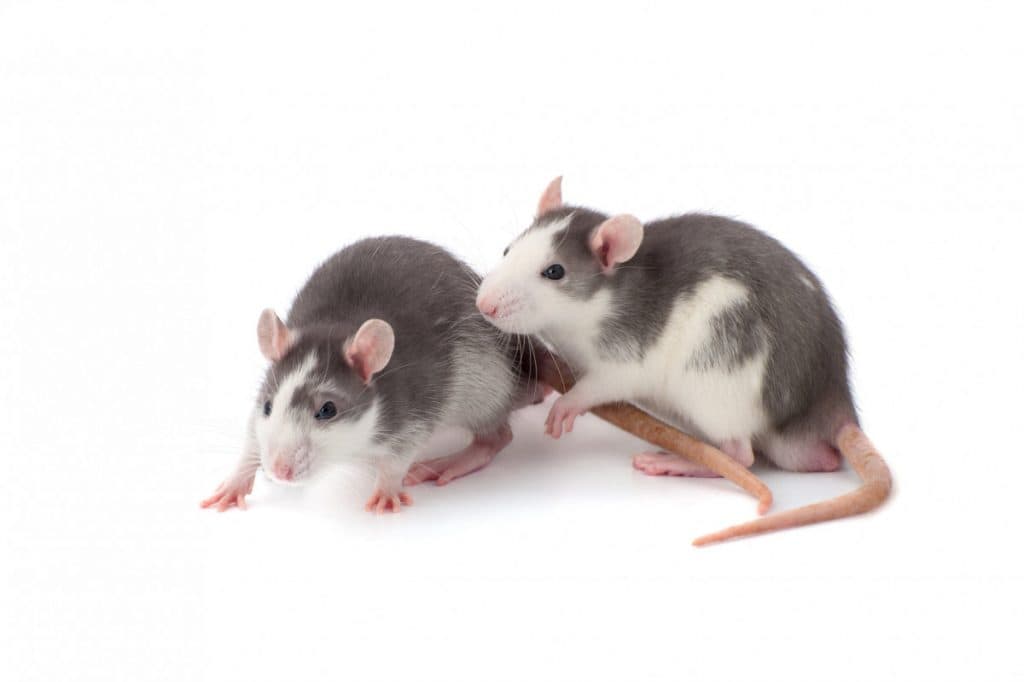
tame rat
Name Dutch: tame rat
Scientific name: Rattus norvegicus domestica
Origin: East Asia, but now all over the world
Age: On average 2 to 3 years, but rats are known with a much higher age
Height: Between 21 and 29 cm long (without tail)
Wearing time: About 21 days
Birth: viviparous
Nest Size: Usually 6-18 boy
Activity: Twilight and Day Active
Legislation: None
Stay: High rodent cage or high terrarium with sufficient ventilation and climbing options
Minimum size: 80x50x70 (LxWxH) for 2 rats
Food: Rats are absolute omnivores by nature


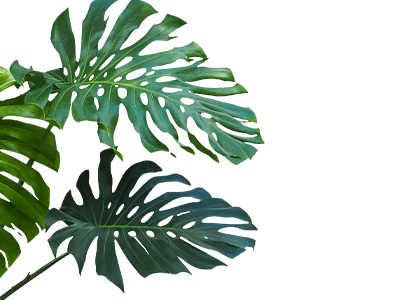
The Appearance of the Tame Rat
Rats look like large mice. They are on average between 21 and 29 cm long. The weight of the females is between 250 and 400 grams, males can weigh up to 600 grams! Rats are especially recognizable by their long tail, which is about 15 to 23 cm long. Domestic rats descend from the brown rat, this color is called Agouti. The laboratory rat, also descended from the Brown Rat, is originally completely white with red eyes (Albino). In addition to these standard colors, many other colors are known. The most famous are: solid Black, solid Beige, solid Russian Blue.
In addition to the completely solid version, all colors also appear in many different drawings, such as Japanese (white with a colored head, shoulders and stripe across the back) and Husky (a colored back with a white belly, white legs and a white blaze on the back). the head). Then there are rats with curls (Rex) or without hair (naked) and dumbo bears, these have very large low-set ears.


Behavior
Tame rats are active, affectionate, smart, inquisitive and curious animals who love to be taken out of their enclosure and create a close bond with their owner. Because they are so social, it is important to give the rats sufficient attention. The more time you spend with your rats in the beginning, the faster they will become tame.
It is also great fun to train your rats, so you can teach them to listen to their name, jump over a pencil or fetch a ball, but also to do all their needs in a special toilet. It is very easy to house train rats. Rats naturally choose 1 or 2 places to relieve themselves
Rats, especially when they are young, have energy for ten. They will mainly want to explore and play and are difficult to hold in your hands. They don't know how to sit still. But in this period it is important to keep trying, when they become a bit more mature, and therefore calmer, you will certainly benefit from this and they can sit comfortably on your shoulder or in your hood and cuddle. Because rats are so smart, it is important to regularly change or replace the toys in the cage. If you don't do this, the rats will get bored and the chance of problem behavior is very high.
Rats learn how to behave in a group at an early age, in a playful way. They regularly roll around the cage, biting each other and then falling asleep together. Older rats also play with each other. Sometimes playing is confused with fighting because it can get pretty tough. Arguing is not bad and sometimes very important within a group, so the rats strengthen their role in the group. For example, by taking food from a subordinate rat or pushing someone else out of the hammock. It is important not to disturb or adjust this too much. The rule of thumb is: as long as a rat is not visibly suffering and no blood is flowing, there is no need to intervene.

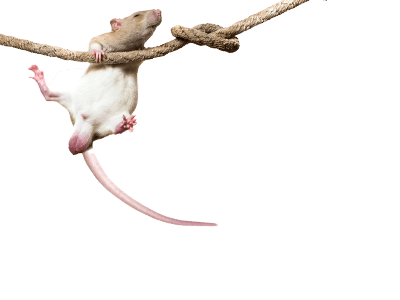

Caresheet
Rats naturally live in small groups consisting of a dominant male, a harem of females and a number of subordinate males. It is therefore a must to keep tame rats at a minimum with just the two of them.
Rats are too curious and enterprising to sit in a small, empty cage all day. It is therefore important to house them in a spacious, lavishly furnished cage. Of course it always applies: the bigger, the better. minimum dimensions for 2 rats are therefore 80x50x70. For each subsequent rat you need to have 20% more ground surface.
There are various accommodations suitable for housing Tame rats.
The most commonly used is the barred rodent cage. This cage consists of a plastic bottom tray with a lattice top.
The advantage of these cages is that the rats can climb up the bars and that you can easily hang furnishings. The disadvantage is that the bottom tray is often not deep enough to provide enough digging space for rats. There are also plenty of rats that manage to gnaw through the plastic bottom tray. So make sure you have enough distraction to limit this risk.
Another enclosure that has been gaining in popularity lately is the terrarium.



The Rat Terrarium
More and more domestic rats are kept in a terrarium instead of a wire cage. And why not?! No more ugly bars in sight and no risk of your rats creating an extra escape route in the plastic bottom tray. Moreover, in a terrarium it is easier to imitate the natural habitat than in a wire cage because:
- the ground cover can hardly be thrown out. Brown rats, from which our domestic rats descend, are mainly ground dwellers by nature and make cave systems with corridors of approx. 9 cm in diameter, at a depth of 50 cm.
- It is easier to keep the humidity up to date. Rats prefer a humidity of 40-70%.
Of course there are a few things to keep in mind! For example, it is important that the terrarium is spacious enough, but also that there is sufficient ventilation and air circulation.
Rats have very sensitive airways and it is therefore important that there is not too much dust and possibly. urine vapors linger. Therefore, make sure that in addition to ventilation at the top, there is also ventilation at the front. The minimum dimensions for a rat terrarium, for 2 rats, are 100x50x70cm, but ideally it is a lot higher (about 90-100cm). Ideally, you would prefer a height of 40 cm under the doors so that you can offer the rats enough digging space. can add a bioactive soil to mimic the natural environment as closely as possible.

A bioactive rat enclosure
A bioactive rat enclosure actually means that you imitate nature as much as possible. You create an ecosystem that keeps itself in balance. How does that work? To create this you need a high bottom or digging bucket of at least 40cm. Here you put a good layer (minimum 25 cm) of Back Zoo Nature Humus Bedding, mixed with Back Zoo Nature Discovery Bedding. To create a little more humidity, you can add Back Zoo Nature Forest Moss and Back Zoo Nature Discovery Leaves. This is also nice for the invertebrate cleaners that you are going to add to the soil. They can hide here.
These clearers make sure that the natural soil you have created actually becomes bioactive. For rats it is best to use tropical woodlice and springtails.
In addition to this base, it is great fun to add some other natural materials, such as cork branches, cork tunnels, Back Zoo Nature Forest Pine Cones and plants.

Male or Female?
Tame rats are real group animals and so you always keep at least two of them, but of course you don't want litters! That's why it's important that your rats are of the same sex. But which one do you choose?
How do you recognize a female?
Females are somewhat smaller, lighter and slimmer than males. They are also, in general, more mobile and active. You recognize them because the genitals are quite close together and you can see the nipples on the belly. Unfortunately, females are known to be more prone to tumors.
How do you recognize a Male?
Males are much larger and heavier than females. Besides the fact that their genitals are a lot further apart than in females, you can also recognize males by the large testes that hang under the beginning of the tail. Men are also different from women in terms of behaviour.

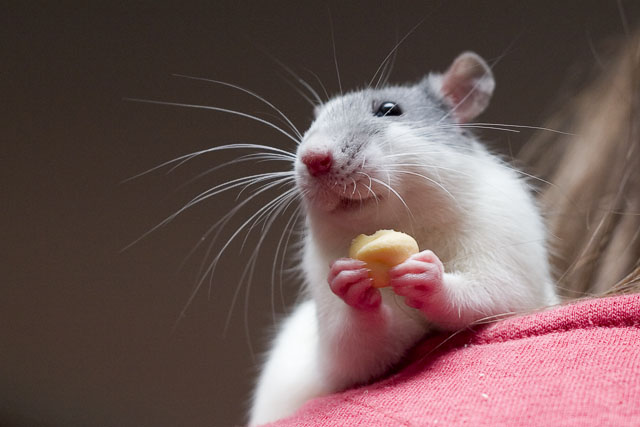
What does the domestic rat eat?
Rats are omnivores, or omnivores. It is important that in addition to plant material, rats also receive sufficient animal proteins, which are important for metabolism. The optimal protein content in rat food is between 12 and 15%. A lack of proteins (especially in growing rittens) can lead to growth retardation, muscle breakdown, weight loss and anemia. An excess of animal proteins can also lead to major problems. Several studies have shown that the protein content should be drastically reduced when the rat has been around for six months. If you continue to systematically feed an adult rat too much protein, the risk of tumors increases considerably.
Rats have a fast metabolism and therefore need energy-rich food. they mainly get this from carbohydrate-rich vegetable parts, such as grains and seeds.
Rats have a strong tendency to become overweight quickly, so the fat content in the diet should preferably not exceed 5%. In naked rats the fat content may be slightly higher, they consume more energy than rats with hair because they have to work much harder to keep themselves warm. Domestic rats have a small appendix. this makes it difficult for them to process raw fibres. It is therefore better that the crude fiber content of the rat food does not exceed 10%. Rats therefore do not benefit from adding hay to the diet.
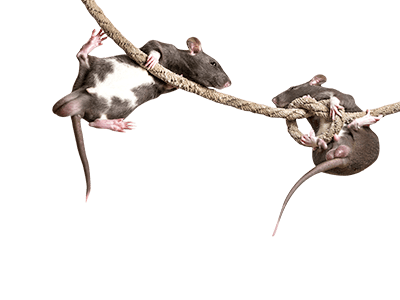
Pellet or mixed food?
There are many different types of food. Some consist only of pellets, this is also called lab kibble and means that each kibble contains exactly the same ingredients and nutritional value. As a result, rats cannot decide for themselves which parts they eat and they get the same nutrients with each chunk. There are also foods that consist of all kinds of different seeds and kernels, this is called mixed or mixed food. With this food, the rats have more variety and they can choose what to eat first. The advantage is that this is more similar to the food that the wild brown rat eats. However, the disadvantage of mixed feeding is that the rats only pick out the seeds they like best and leave the rest. It is also difficult to keep track of whether all rats are getting the same nutrients.
Is mixed nutrition always bad? No definitely not! Mix food is almost as good as a pellet, but not every mix is the same and it is important not to overfeed. If you give your rats a full bowl of food to choose from every day, they will only pick out the tasty things, but if you feed your rats only 20 grams of food per rat per day, they will eat everything nicely. Of course it is up to you to keep an eye on whether all your rats get enough variety and not 1 rat just eats all the fat seeds out. You can also feed it both perfectly by, for example, feeding a pellet as a base and scattering some mixed food around the enclosure or hiding it in a foraging toy. This gives them something to do and stimulates their natural, curious behavior.
What do you need to keep 2 Tame Rats?
How nice that you decided to keep Tame Rats! But what do you need? To help you on your way, we have already made this handy shopping list for you:
• Lodging (minimum 80×50×70 for 2 rats)
• Dust-free ground cover
• Soil enrichment material (eg Discovery leaves or paper nesting material)
• Various hammocks and other climbing and clambering equipment
• At least 1 house per animal
• Feeder
• Water bowl/bottle
• Foraging toys
• Bucket + Excavable Fill
• Toilet bowl + absorbent filling + pee stone
• Nutrition
• Snacks
• gnawing material



